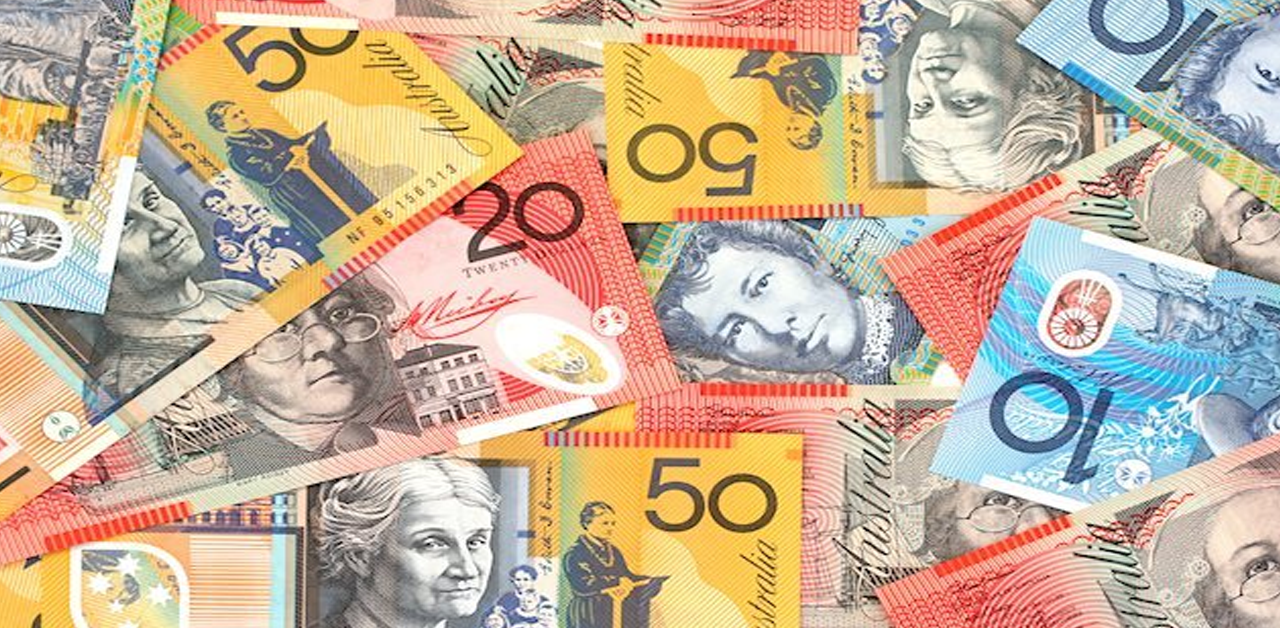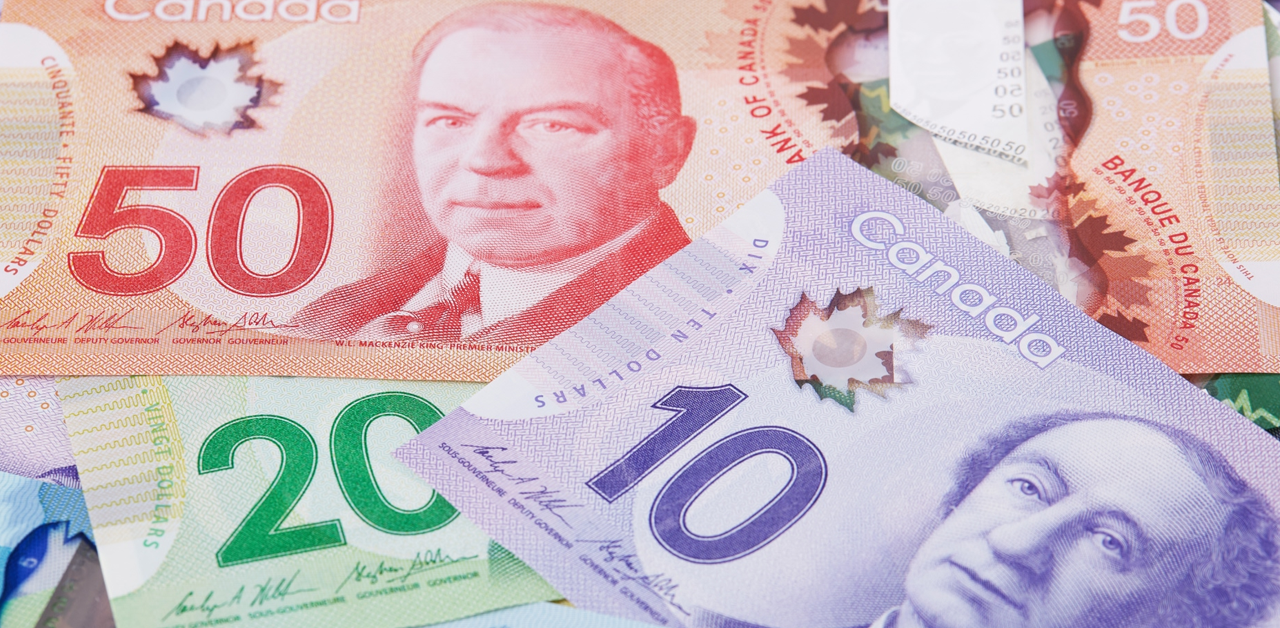US Dollar Recovers from Jobs Shock, Australian Dollar Dips on Cooling Inflation
The dollar experienced its most pronounced decline in a month and a half on Wednesday, prompted by the perception among investors that weaker-than-anticipated U.S. jobs data has diminished the likelihood of further rate hikes by the Federal Reserve. The Japanese yen remained near 146 against the dollar, having rebounded from a 10-month low of 147.375. This rebound was due to a reduction in Treasury yields that eroded support for the U.S. currency.
The Australian dollar retreated from a nearly two-week high following July’s inflation figures, which turned out to be cooler than economists had predicted. China’s yuan saw a boost in offshore trading, rising above a 10-month low. This was attributed to the country’s central bank once again establishing an official midpoint that was significantly stronger than what was anticipated.
In the cryptocurrency space, bitcoin displayed a slight retreat after surging over $2,000 in the previous session to reach a nearly two-week peak of $28,142. This surge was triggered by a court ruling that could pave the way for the introduction of a unique spot bitcoin exchange-traded fund (ETF).
The U.S. dollar index, which gauges the currency’s performance against six major peers, including the yen and the euro, remained relatively stable at 103.57. This followed a pullback from the previous high of 104.36, which was a response to the substantial drop in U.S. JOLTS job openings data that reached a 2.5-year low in July.
Matt Simpson, a market analyst at City Index, noted the market’s sensitivity to weaker U.S. data as a reflection of expectations regarding the Fed’s peak rate. He indicated that USD bears might react strongly to any data that supports the JOLTS jobs report. However, Simpson also urged caution, emphasizing that the response was to secondary employment data and that more data would be forthcoming, including the highly anticipated monthly non-farm payrolls report due on Friday.
The two-year Treasury yield, known for its responsiveness to monetary policy expectations, experienced a substantial drop of up to 18 basis points (bps) to 4.871%, before eventually recovering to around 4.9% during Asian trading hours. The 10-year yield remained close to Tuesday’s low of 4.106%, a level last witnessed on August 11, hovering at roughly 4.13%.
The dollar showed a recovery of 0.2% against the yen, purchasing 146.14 yen, while the euro exhibited a slight decline of 0.1% against the dollar, amounting to $1.08675, following an overnight rally of 0.56%.
Current money market trading indicated an 86.5% probability that the Federal Reserve would maintain steady rates on September 20. Nevertheless, odds for a rate hike in the subsequent meeting in November hovered near 50/50. Recently, investors have increased hawkish bets due to a series of robust data. Fed Chair Jerome Powell had suggested that further tightening might be necessary to address lingering high inflation, but he also committed to proceeding with caution.
In contrast, Australian inflation decelerated to a 17-month low in July, bolstering the argument for the Reserve Bank to maintain steady rates in its upcoming policy meeting. Consequently, the Australian dollar experienced a decline of up to 0.46% after the data release, eventually settling 0.17% lower at $0.64685.
Although the Chinese yuan slightly weakened in offshore markets to 7.2929 per dollar, it remained well above the low of 7.3490 per dollar observed on August 17. The People’s Bank of China continued its trend of setting an onshore trading midpoint at 7.1816, which was around 1,000 pips stronger than the Reuters estimate. This practice has been consistent since the middle of the month.











